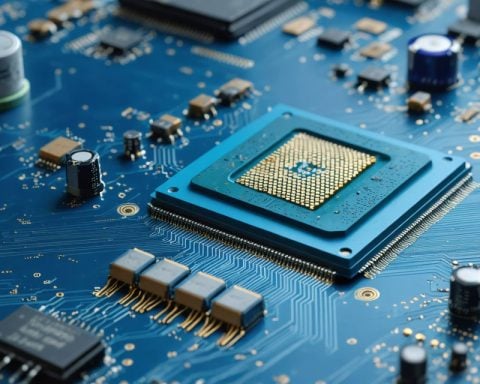MediSim VR, a pioneer in healthcare simulation training technology, has recently opened the first Center of Excellence (CoE) VR lab in Chennai, India. The lab, located at Sri Ramachandra Institute of Higher Education and Research (SRIHER), offers medical students nationwide access to immersive and interactive VR training.
With a focus on bridging the gap between theoretical knowledge and practical application, MediSim VR’s innovative VR technology provides realistic medical scenario simulations within a safe and controlled environment. By doing so, it equips future medical professionals with the competency, skills, and confidence needed to deliver high-quality patient care.
The establishment of this Center of Excellence at SRIHER marks a new era in medical education. By incorporating VR-based learning, students from all over the country now have the opportunity to perfect their skills and enhance patient outcomes. Dr. K. Balaji Singh, the Dean at SRIHER, expressed his enthusiasm for the partnership, stating, “This holistic approach to medical education is our commitment to producing physicians who will make a meaningful difference in healthcare.”
Co-founder of MediSim VR, Dr. Adith Chinnaswami, emphasized the significance of the new VR-based lab for medical students. “Our goal is to redefine medical education and empower the next generation of healthcare professionals,” he said. The facility not only benefits students within SRIHER but also from across the country. By integrating VR-based learning aids into the curriculum, the lab sets a new standard for medical training and education, ultimately leading to improved patient outcomes.
MediSim VR is renowned for its patented technology, which caters to the specific needs of healthcare training worldwide. Through AI-powered competency assessment tools and immersive virtual training environments, the company enhances the performance of nursing students, medical students, and healthcare professionals alike.
For press and media inquiries, please contact Sreevarshnee at +91 8825543614 or [email protected].
Additional facts:
1. MediSim VR’s VR lab at SRIHER in Chennai is the first Center of Excellence (CoE) VR lab in India.
2. The lab offers medical students nationwide access to immersive and interactive VR training.
3. The VR simulations provided by MediSim VR bridge the gap between theoretical knowledge and practical application in medical education.
4. The VR-based learning aids integrated into the curriculum set a new standard for medical training and education in India.
Most important questions and answers:
1. What is the purpose of the VR lab at SRIHER?
The VR lab aims to provide medical students with immersive and interactive VR training, bridging the gap between theoretical knowledge and practical application in medical education.
2. How does MediSim VR’s technology enhance healthcare training?
MediSim VR’s patented technology, powered by artificial intelligence (AI), offers competency assessment tools and immersive virtual training environments to enhance the performance of nursing students, medical students, and healthcare professionals.
Key challenges or controversies:
One potential challenge or controversy associated with the implementation of VR-based training in medical education is the cost and accessibility of the technology. VR equipment can be expensive, and not all educational institutions may have the resources to adopt this technology. Ensuring equitable access to VR training for all medical students across the country may be a challenge.
Advantages:
1. Realistic simulations: VR technology provides realistic medical scenario simulations that can better prepare medical students for real-life patient care situations.
2. Safe learning environment: VR training allows students to practice in a safe and controlled environment, minimizing risks to actual patients.
3. Enhanced learning outcomes: Immersive and interactive VR experiences can improve learning outcomes by engaging students and promoting active learning.
Disadvantages:
1. Costly equipment: The adoption of VR technology may require significant investment in expensive equipment, which may limit its accessibility for all educational institutions.
2. Learning curve: Students and instructors may need time to adapt to the new technology and integrate it effectively into the curriculum.
3. Limitations in tactile feedback: VR simulations may not fully replicate the tactile sensations encountered in real medical procedures, which could impact the development of certain skills.
Related links:
– MediSim VR
– Sri Ramachandra Institute of Higher Education and Research



















